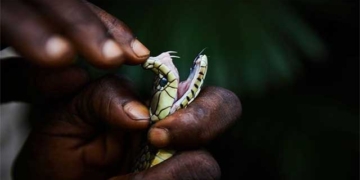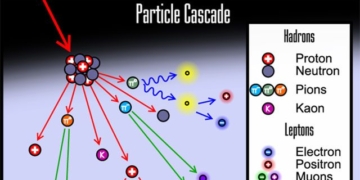Nowadays, with climate change increasing the frequency and duration of droughts worldwide, more regions are facing the issue of clean water scarcity. In 2003, the water supply company in Singapore introduced an unprecedented breakthrough program; they would use direct wastewater recycling technology to meet over 50% of the water demand, including drinking water, ensuring that the island nation would never run out of clean water.
Indeed, you heard that right; it is the wastewater that we flush away every day. Although this program has been in planning for decades, is it really safe to reuse the water we flush from our toilets? To answer this question, we will first explore what is contained in the mix of domestic wastewater.
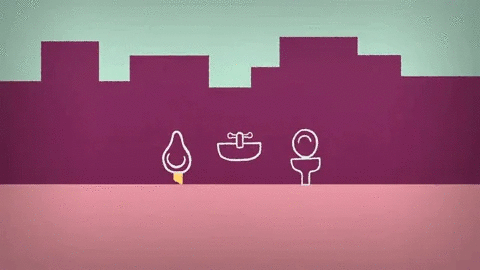
Domestic wastewater is divided into three main types.
Domestic wastewater can be categorized into several types, but there are three main types:
- Graywater, which is used in sinks, showers, and laundry.
- Yellow water, which consists solely of urine.
- Blackwater, which contains feces.
Every day, the amount of domestic wastewater globally is enough to fill approximately 400,000 Olympic-sized swimming pools. In urban areas, wastewater is discharged through a combined sewer system, which does not contain as much fecal matter as one might think. On average, in 4,000 liters of wastewater, there is only about 1 liter of solid waste. However, wastewater still contains many harmful pollutants, including billions of pathogens and bacteria, as well as chemicals that can contaminate rivers and lakes. Therefore, even if we do not intend to use this mixture for drinking, it still needs to be treated; that is why wastewater must go through treatment plants before being discharged into the environment.
The Process of Direct Wastewater Recycling
Wastewater treatment plants remove the majority of pollutants such as feces, pathogens, and chemicals through a series of biological, chemical, and physical processes, including:
- Settling tanks to remove larger materials.
- Biological reaction tanks, where microorganisms help break down suspended solids.
- Chemical disinfection processes to eliminate remaining pathogens.
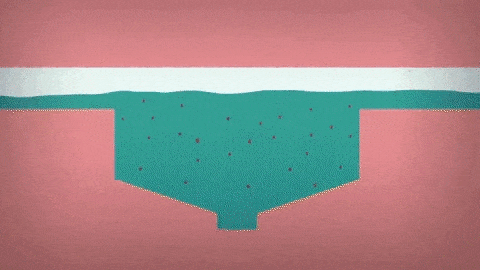
On average, in 4,000 liters of wastewater, there is only about 1 liter of solid waste.
After these steps, the wastewater is cleaner than most natural water sources, making it safe to discharge into rivers and lakes. If we plan to reuse this water not for drinking but for purposes such as irrigation or car washing, the wastewater will be further disinfected to prevent bacterial growth during storage.
However, if we use this recycled water for drinking, many more treatment steps are required, including two additional filtration processes:
The microfiltration process, where membranes with pore sizes on the order of one millionth of a meter filter out small particles and larger microorganisms.
The reverse osmosis process, which removes substances as small as one billionth of a meter. This filter is semi-permeable, allowing water to pass through while retaining substances like salts, viruses, and unwanted chemicals.
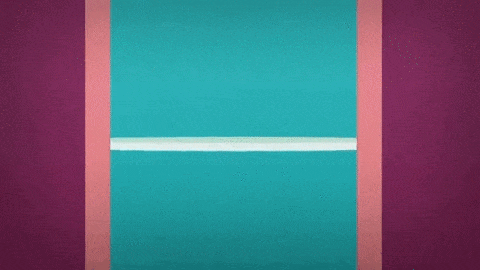
The reverse osmosis process removes substances as small as one billionth of a meter.
After this stage, UV light is used to treat the water. UV light emits ultraviolet rays to destroy all genetic material of any remaining living organisms. Sometimes, UV disinfection is combined with the use of chemicals like hydrogen peroxide to eliminate various bacteria and other contaminants. After this step, the treated wastewater is tested to meet safety standards. If it passes the standards, the treated water can be supplied to the drinking water pipeline system for the entire city. This method is known as “direct wastewater reuse.”
The Process of Indirect Wastewater Recycling
Despite the significant advantages in processing time, implementing the “direct wastewater reuse” process is quite complex. Currently, the “indirect wastewater reuse” method is preferred globally. According to this method, treated wastewater is discharged into an area known as a buffer environment, such as a reservoir, pond, or groundwater storage area. After a period of storage here, the remaining chemicals from the treatment process will decompose. Subsequently, the water can be extracted, quickly treated, and introduced into the drinking water supply system.
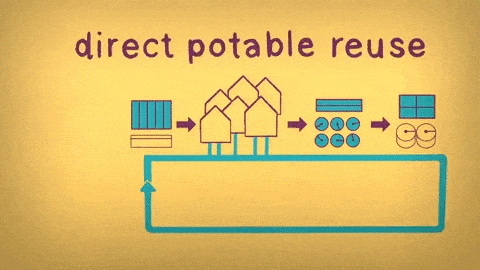
The “indirect wastewater reuse” method is currently preferred globally.
However, this water treatment system is only feasible in areas with centralized water supply systems and infrastructure to pump water into homes. This means that it cannot support small communities in remote areas struggling to access clean water daily. Researchers are exploring and developing smaller-scale technologies to recycle wastewater into drinkable water on-site. In the meantime, what we need to do right now is to conserve and avoid wasting clean water.

















































